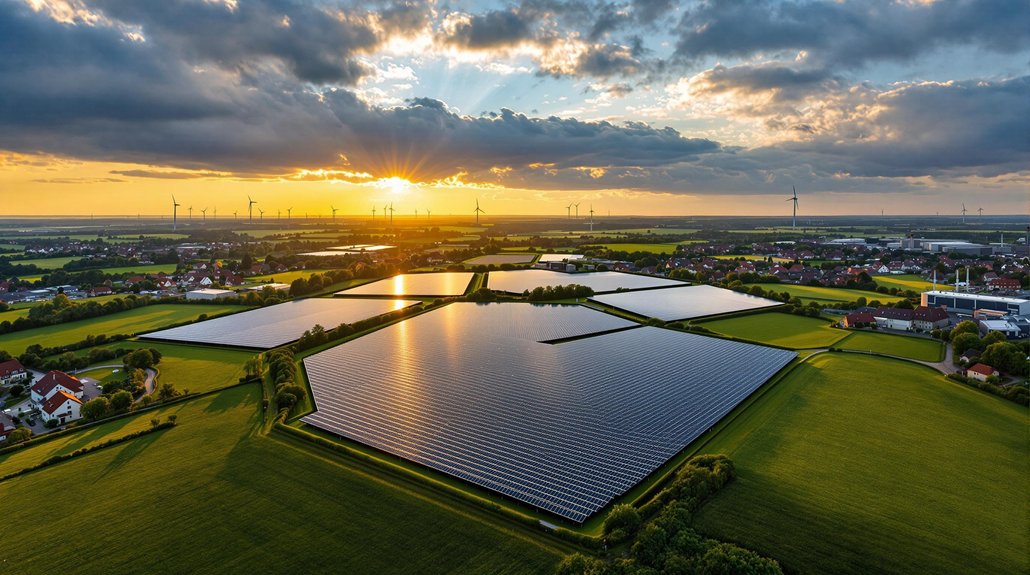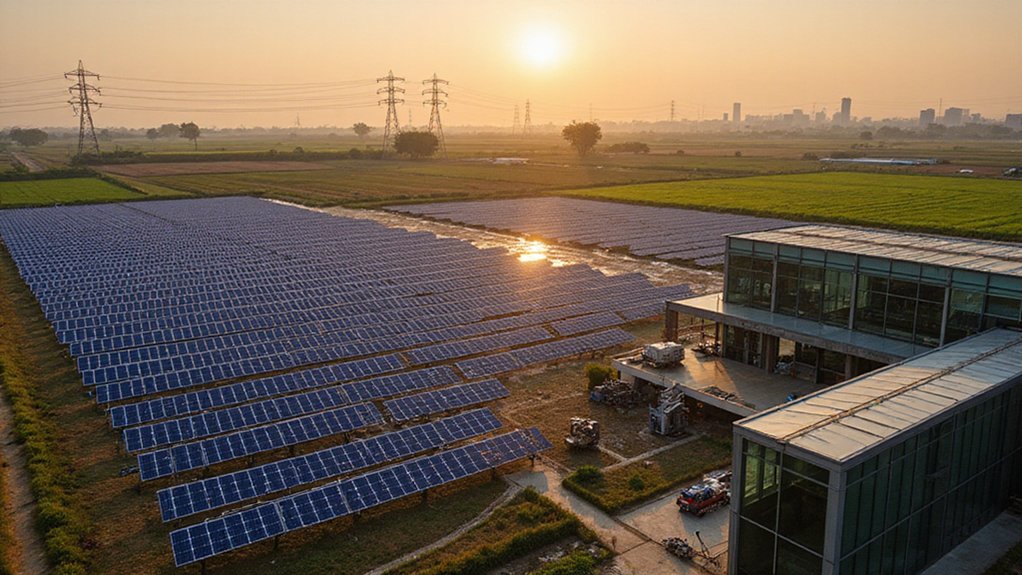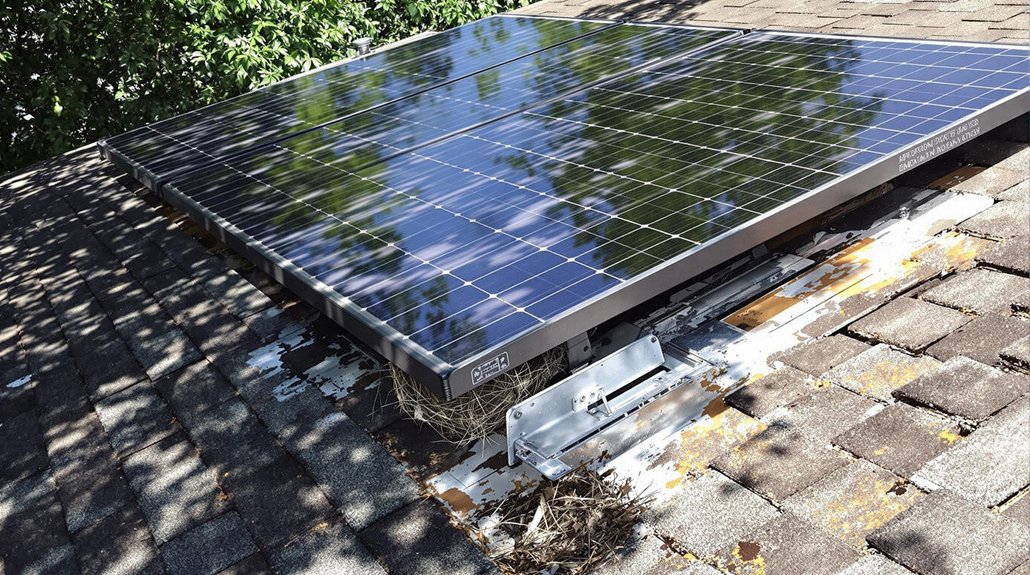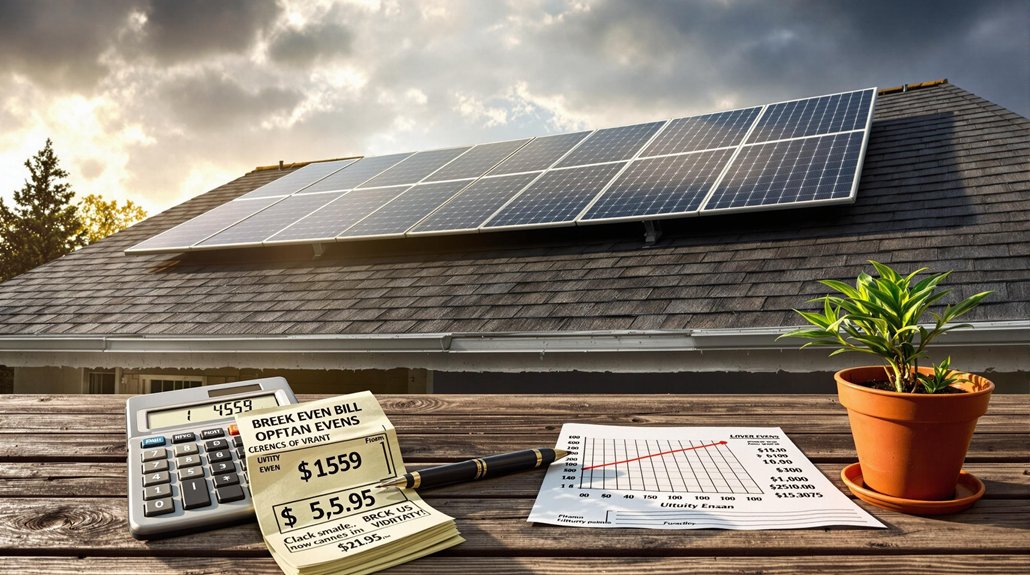Germany just smashed the 100GW solar capacity mark in 2024. Pretty impressive for a country not exactly known for sunshine. Over a million new installations were added, from rooftops to ground-mounted parks and even balcony systems. Solar now covers 14% of their electricity needs, with renewables hitting 59% overall. They’re gunning for 215GW by 2030. Not bad for a cloudy country. The path forward isn’t without obstacles.
While countries worldwide scramble to meet climate targets, Germany has quietly smashed through a major clean energy barrier. The European powerhouse surpassed 100 gigawatts of operational photovoltaic capacity at the close of 2024, joining an elite club of solar giants alongside China, the USA, and India. Not bad for a country famous for cloudy beer gardens and sausages rather than sunshine.
The Germans didn’t just crawl over the finish line, either. They sprinted. Over one million new solar installations registered in 2024 alone, with momentum continuing into January 2025, which added another 1.12 GW. That’s a whole lot of panels soaking up whatever rays manage to pierce those northern European clouds.
Germany’s solar sprint continues with a million new installations in 2024—capturing sunshine despite those notorious northern clouds.
What’s impressive is the diversity of installations. Rooftop systems dominate, with 38 GW on homes and 29 GW on commercial buildings. Ground-mounted solar parks contributed 32 GW. Even tiny balcony systems—those plug-and-play panels urbanites slap onto apartment railings—reached 700 MW. Germans love efficiency in everything, apparently.
Solar’s contribution to Germany’s energy landscape is no joke. Photovoltaic systems covered 14% of electricity consumption in 2024, with renewables hitting 59% of total generation. Wind still leads the renewable pack at 137.6 TWh, but solar’s 63.3 TWh isn’t exactly pocket change. This impressive growth builds on earlier successes, as Germany had already seen solar power production increase by 28% back in 2014.
The country isn’t resting on its laurels, either. Their target? A whopping 215 GW by 2030. Ambitious? Sure. Impossible? Not for these folks.
Challenges persist, naturally. Grid management gets tricky when the sun decides to shine extra bright. There’s debate about feed-in tariffs during negative electricity prices. And market growth slightly slowed despite falling module prices—bureaucracy, perhaps? The industry will need to overcome these obstacles as BSW representatives warn about potential challenges in reaching future milestones. Germany benefits from the significant decrease in solar module prices, which fell 35% globally to just 9 cents per watt in 2024.
Still, Germany’s solar revolution marches forward. At current rates, they’ll hit 130 GW by 2026. For a country stereotyped for precision engineering, they’re proving equally adept at energy transformation, one panel at a time. Solar power? Ja, bitte!









